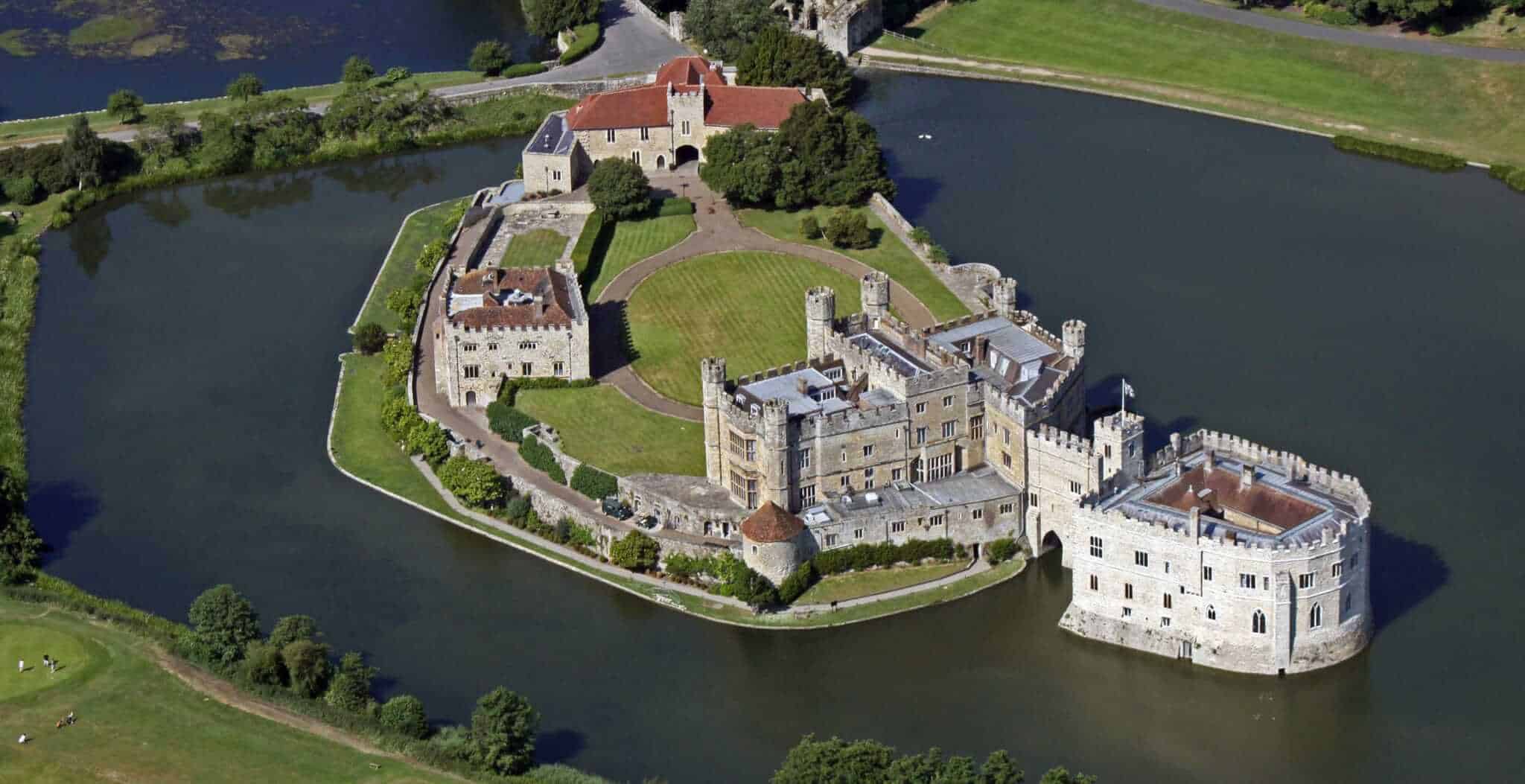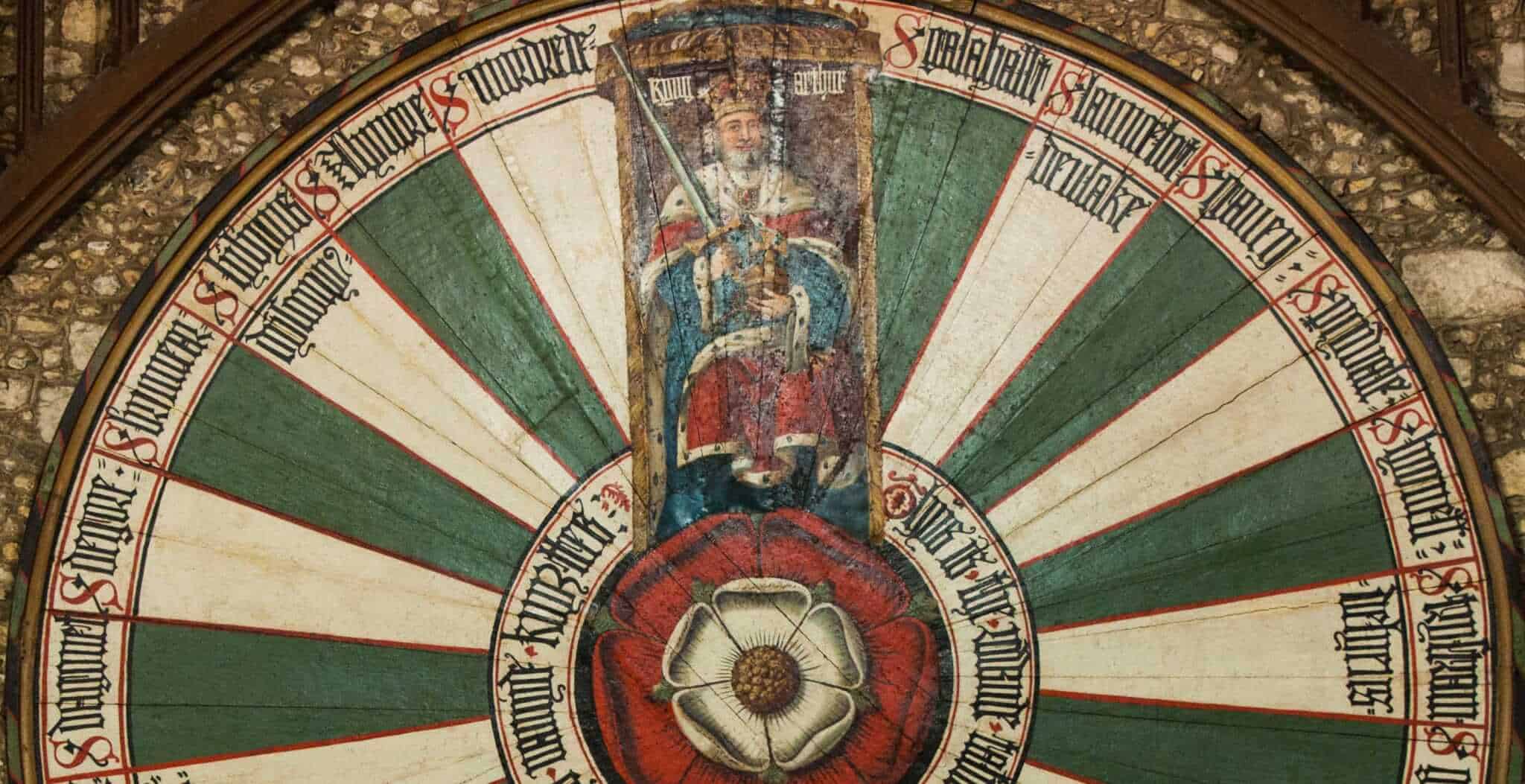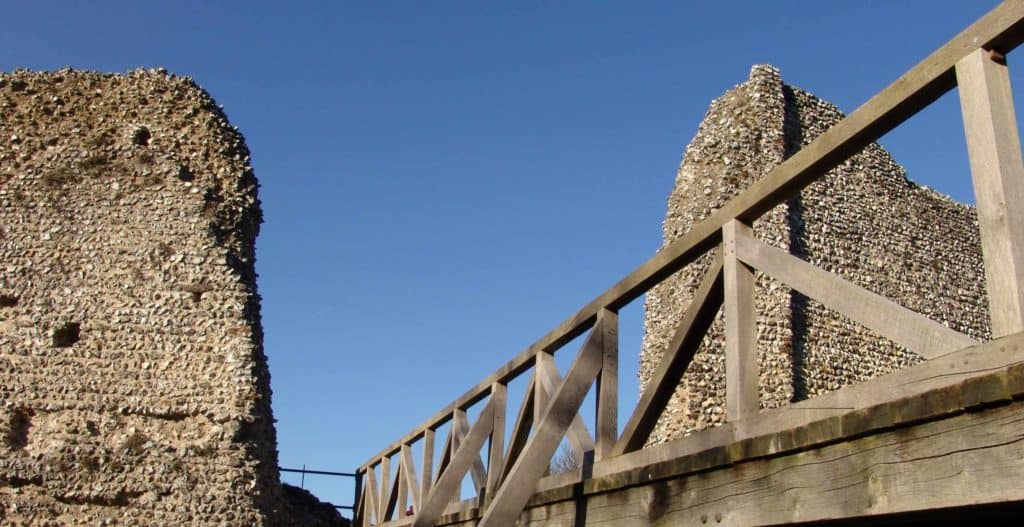Leeds Castle in Kent, England, has been called the “loveliest castle in the world”. Listed in the Domesday Book, this castle has been a Norman stronghold, a royal residence and a royal palace. It’s situation is stunning, set on two islands in a magnificent lake.
The Royal Manor was originally built in 857AD and owned by a Saxon royal family. After the Norman Conquest, work began on building the first stone castle on the site.
In 1278 the Castle became a royal palace for Edward I and his Queen, Eleanor of Castile. Major improvements were made to the castle during the reign of Edward I. The Barbican, constructed during this time, is unique in that it is made up of three parts, each having its own entrance, drawbridge, gateway and portcullis. The medieval Keep, incorporating the Great Hall, is called the Gloriette, in honour of Queen Eleanor.
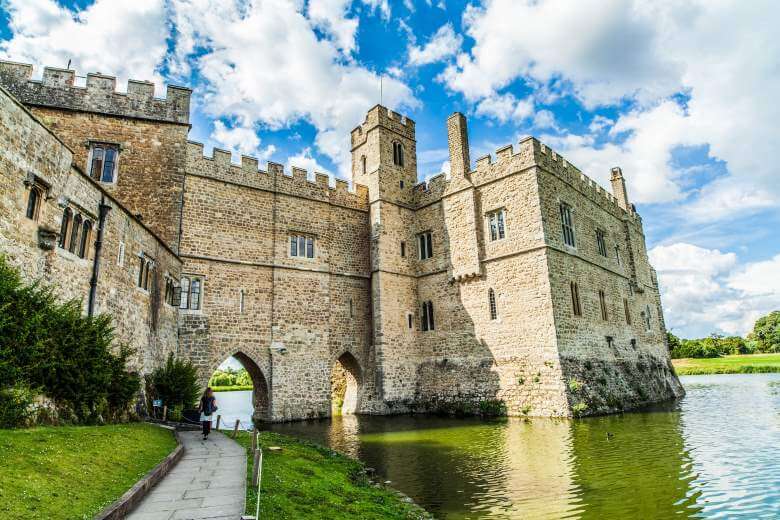
In 1321, King Edward II gave the castle to his Royal Steward. When Edwards’ Queen Isabella arrived at the Castle seeking shelter however, she was refused admission and even fired upon by archers. Edward II was not amused and successfully lay siege to the castle. Six years later Edward was murdered but Queen Isabella kept the castle until she died in 1358.
During its lifetime, the castle has been home to six medieval queens – Eleanor, Isabella, Philippa of Hainhault (wife of Edward III), Joan of Navarre, Catherine de Valois and Catherine of Aragon. Elizabeth I was imprisoned here for a time before her coronation. Leeds Castle is often referred to as the “Castle of Queens, Queen of Castles”.
Perhaps the Castle’s most famous owner was King Henry VIII, who transformed the castle for his first wife, Catherine of Aragon. The stunning painting of the ‘Field of the Cloth of Gold’, which commemorates the meeting between King Henry VIII and the French King Francis I in 1520, hangs here at Leeds Castle.
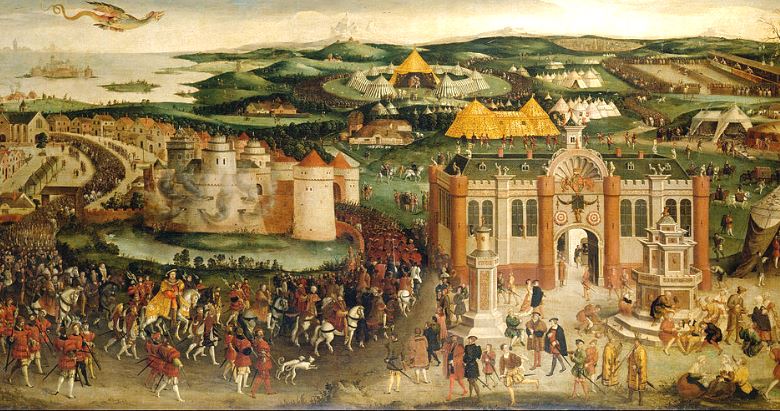
Purchased by the Culpeper family the castle avoided destruction during the English Civil War as the Culpeper family sided with the Parliamentarians. Later the castle was used to house French and Dutch prisoners of war.
The last owner of Leeds Castle was the indomitable Lady Baillie who bought the castle in 1926 and employed French interior designers to transform her new home. She dedicated most of her life to the improvement of the castle and was responsible for setting up the Leeds Castle Foundation. The castle was opened to the public in 1976.
Today, visitors come from all around the world to view this magnificent castle set in over 500 acres of landscaped parkland with its maze, grotto, waterfowl, aviaries, and vineyard. The maze is particularly popular with the secret grotto at the centre.
Staying at Leeds Castle
Stay overnight in the beautiful setting of Leeds Castle and enjoy strolling around the castle grounds and gardens when the estate is closed to the general public. Enjoy Bed and Breakfast accommodation in the refurbished Stable Courtyard Bedrooms with full English breakfast served in the oak beamed 17th century Fairfax Hall Restaurant. More details.
Or, for something completely different… experience the life of a medieval knight before battle… under the cover of canvas with a difference… complete with a luxurious four poster bed and crisp cotton bedding… try Knights Glamping at Leeds Castle.
For an even longer stay, indulge yourself in a unique holiday cottage experience. Sleeping from 2 – 10 persons, there are five self-catering properties set within the 500 acre parkland estate. Guests can explore the grounds long after the daily guests to the castles have gone home. Other activities available include a 9-hole golf course, a hot air balloon flight, Segway tour, or even a ferry boat ride.
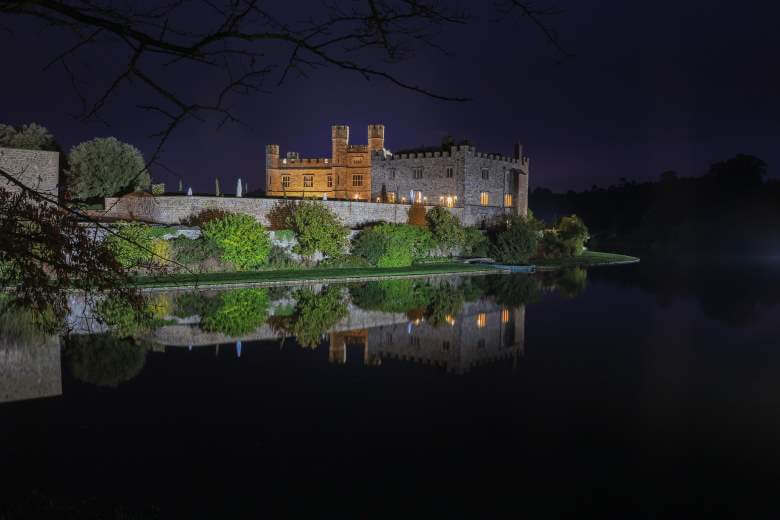
How to get here
Leeds Castle (not near Leeds, West Yorkshire as you might think but in Kent) is situated 4 miles east of Maidstone, off Junction 8 of the M20 motorway, just 1¼ hours from London, 30 minutes from the Channel Tunnel and Channel Ports.
